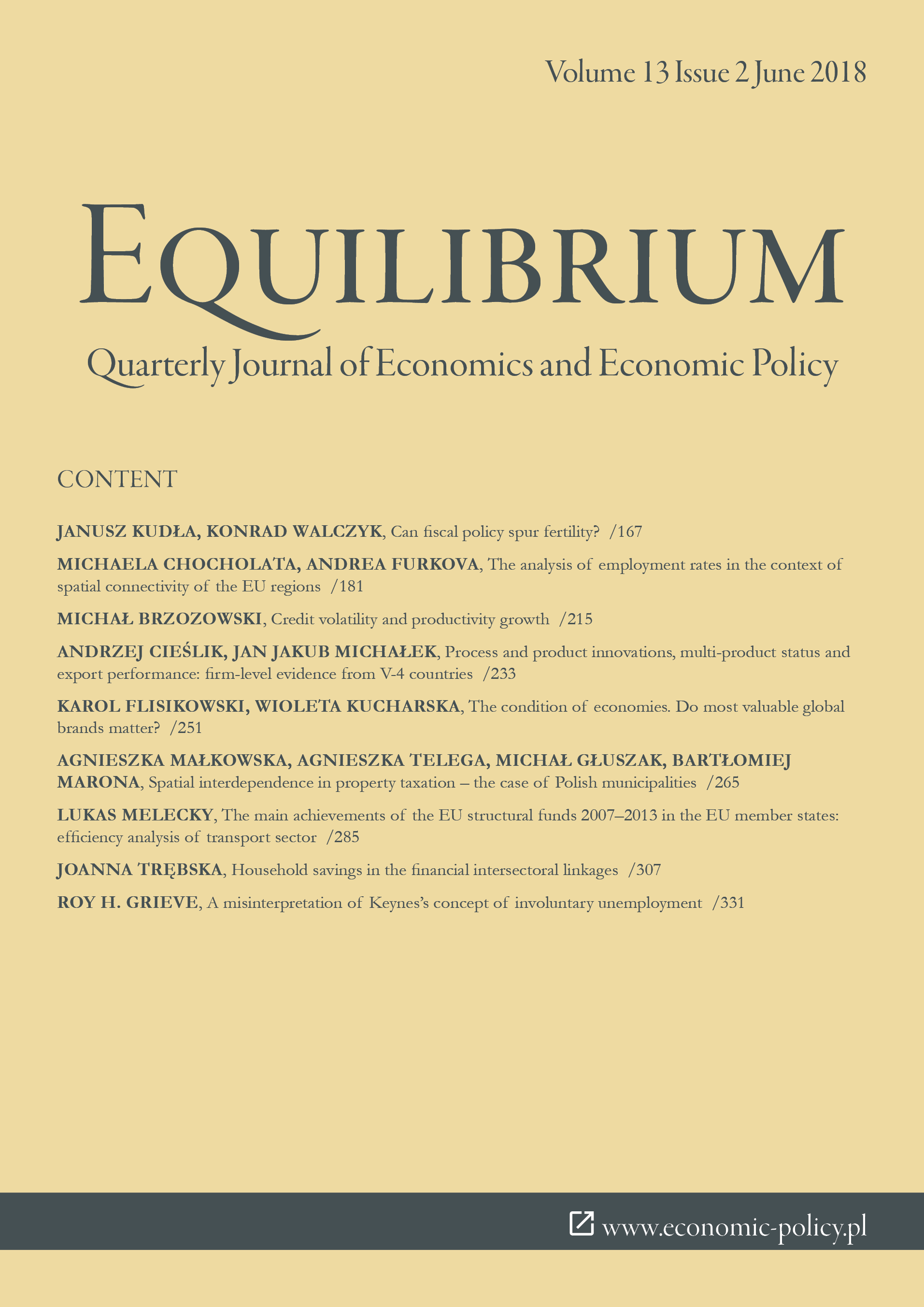Spatial interdependence in property taxation: the case of Polish municipalities
Spatial interdependence in property taxation: the case of Polish municipalities
Author(s): Agnieszka Małkowska, Agnieszka Telega, Michał Głuszak, Bartłomiej MaronaSubject(s): Economy, Economic policy, Evaluation research, Transformation Period (1990 - 2010), Present Times (2010 - today), Fiscal Politics / Budgeting
Published by: Instytut Badań Gospodarczych
Keywords: tax competition; property taxation; tax mimicking; spatial interdependence; Poland;
Summary/Abstract: Real estate and urban economics literature are abundant in studies discussing various types of property taxes and their characteristics. A growing area of research has been focused on tax equity, tax competition, and yardstick competition, where the latter two reflect the idea of tax mimicking. Recently, due to substantial developments in spatial and regional economics, more attention has been drawn to spatial effects. Empirical results are focused on spatial interaction and diffusion effects, hierarchies of place and spatial spillovers. Property tax system in Poland differs from those utilized in the majority of developed countries. As a consequence, property tax policy at the local government level (including tax competition and tax mimicking effects) in Poland can differ substantially from those found in previous research in the US and other European countries. There are few studies addressing the problem of tax competition and tax mimicking in Poland from an empirical perspective. Purpose of the article: In the article, we explore spatial interdependence in property taxation. We identify clustering or dispersion of high and low values of the tax rates within major metropolitan areas in Poland. The effects can indicate the presence of tax mimicking among municipalities in given metropolitan areas. Methods: We analyze the data from 304 municipalities in 10 metropolitan areas in Poland from the year 2007 to 2016. The data covers four property tax rates: (1) on residential buildings (2) on buildings used for business purpose (3) on land used for business purpose (4) on land for other uses. To explore the spatial distribution of rates, we used global and local spatial autocorrelation indicators (Moran’s I statistic and LISA). Findings & Value added: The results suggest the presence of spatial correlation within metropolitan areas. We also found significant differences between metropolitan areas. The results of the study fill the gap in empirical research concerning property tax interdependencies and tax mimicking in Poland.
Journal: Equilibrium. Quarterly Journal of Economics and Economic Policy
- Issue Year: 13/2018
- Issue No: 2
- Page Range: 265-283
- Page Count: 19
- Language: English

